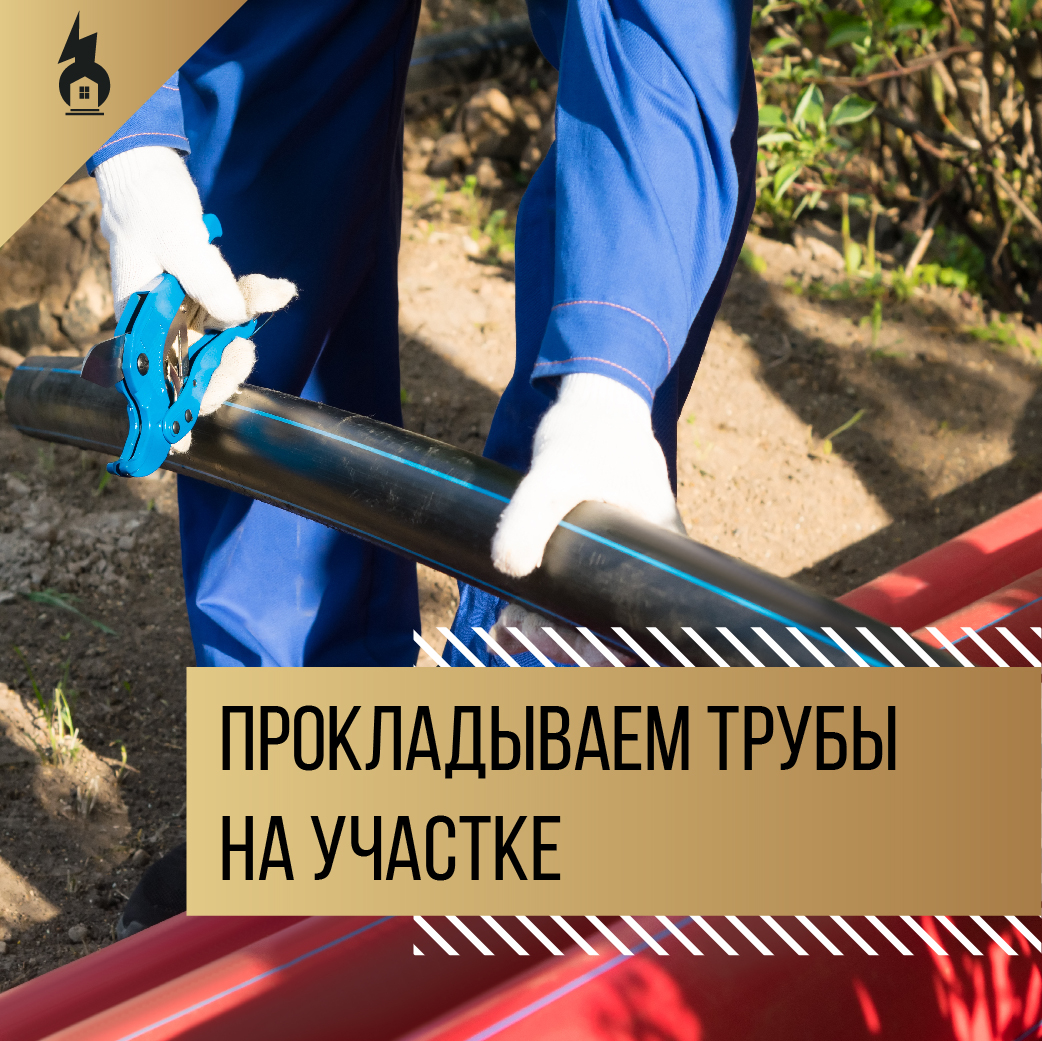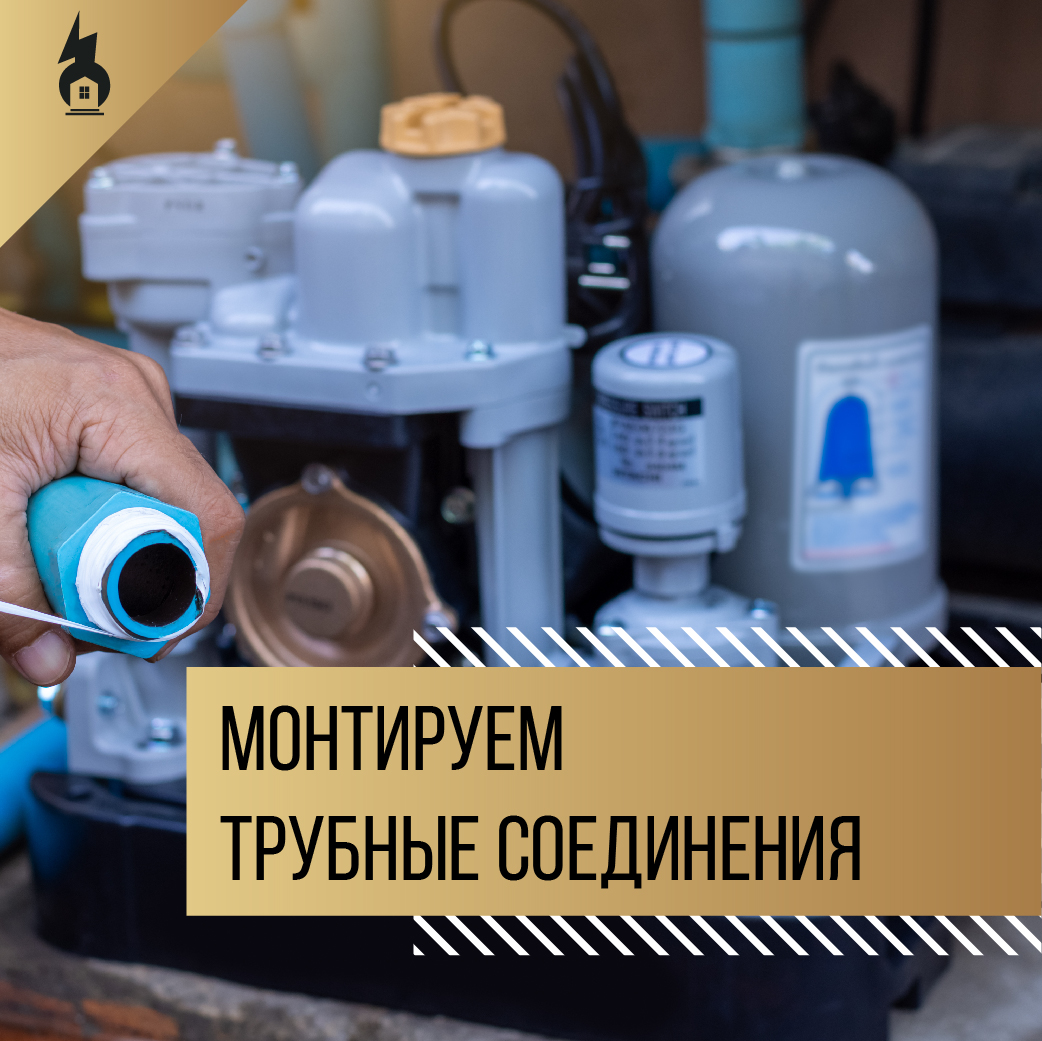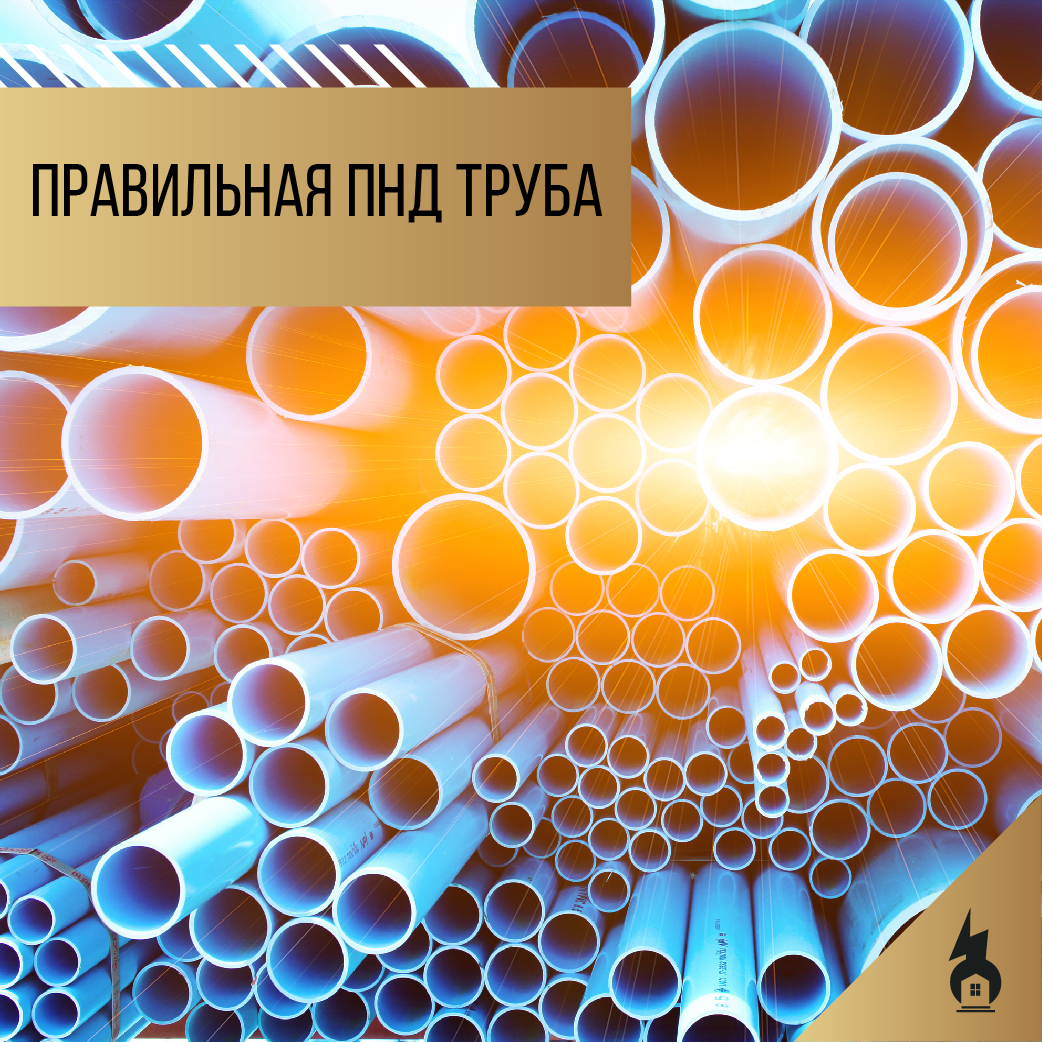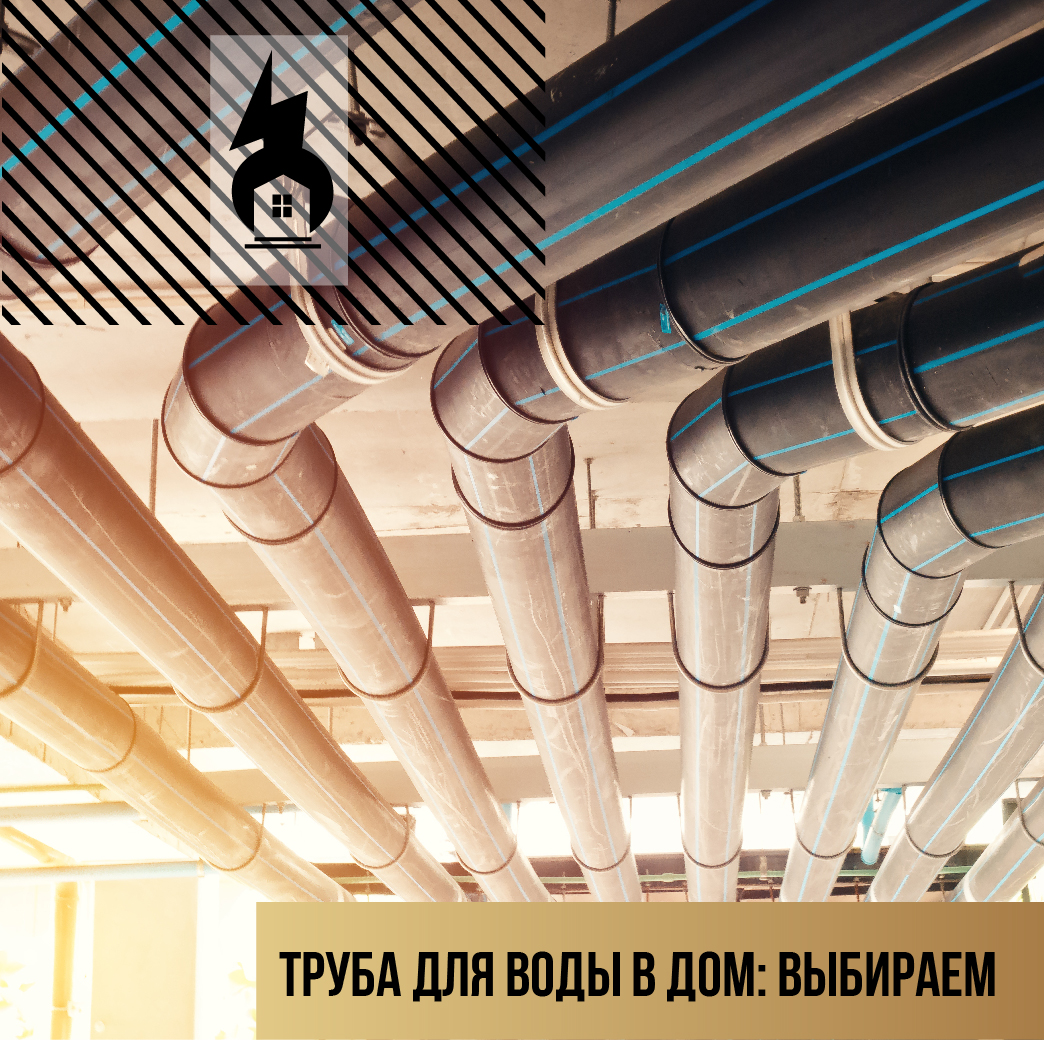How to lay pipes ⠀
⠀
It is better to bury a whole pipe into the ground without fitting connections. ⠀
⠀
🗣 - Threaded fittings with collets are designed to be installed in a place accessible for visual inspection. ⠀
⠀
Collet connections must be inspected periodically for leaks and tightened if necessary. ⠀
⠀
⚠ Therefore, when burying fitting connections underground, the maintainability of the entire system drops sharply. ⠀
⠀
If you still need to make the entire pipeline underground: ⠀
⠀
🗣 - Use HDPE fittings for butt welding for “underground” connection. The process of joining HDPE is similar to soldering polypropylene pipes. It turns out a monolithic soldered connection without thread. ⠀
⠀
Only pipes and fittings of the same type can be welded into one pipeline, for this a soldering iron for soldering PP-RC is used. ⠀
⠀
⛓ The technology of such welding is as follows: ⠀
⠀
1. The pipe is cut perpendicular to the longitudinal axis, all elements are degreased with isopropyl or isobutyl alcohol (used in non-freezing). ⠀
⠀
2. The device is turned on, the temperature switch is set to a predetermined temperature of 200-260 ° C. The main thing is not to overheat the thin-walled pipe, because the melting point of HDPE is lower than that of PP. A twin nozzle is mounted on the welding mirror. ⠀
⠀
3. At the same time, push the fitting onto the heated nozzle, and slide the pipe into the sleeve nozzle. ⠀
⠀
4. At the end of heating, the parts are removed from the nozzles, connected and fixed. The pipe is fixed in the fitting for 10 to 50 seconds. This is necessary so that due to the increased pressure in the weld, due to thermal expansion, it is not pushed out of the fitting. During this operation, do not move the fitting and pipe mutually. ⠀
⠀
5.⠀
Details cool. Only after complete cooling, the connection is mounted in place and a load is applied to it. ⠀
⠀
⠀
🗣 - When connecting the three collet joints, I missed the rubber bands with silicone sealant and buried. It's been 10 years, nothing flows. ⠀
⠀
⚠ Do not bury sewer and water pipes in one trench! Each pipeline needs an individual trench.





 By clicking the "Leave a request" button, you consent to the processing of your personal data and agree to our privacy policy.
By clicking the "Leave a request" button, you consent to the processing of your personal data and agree to our privacy policy.